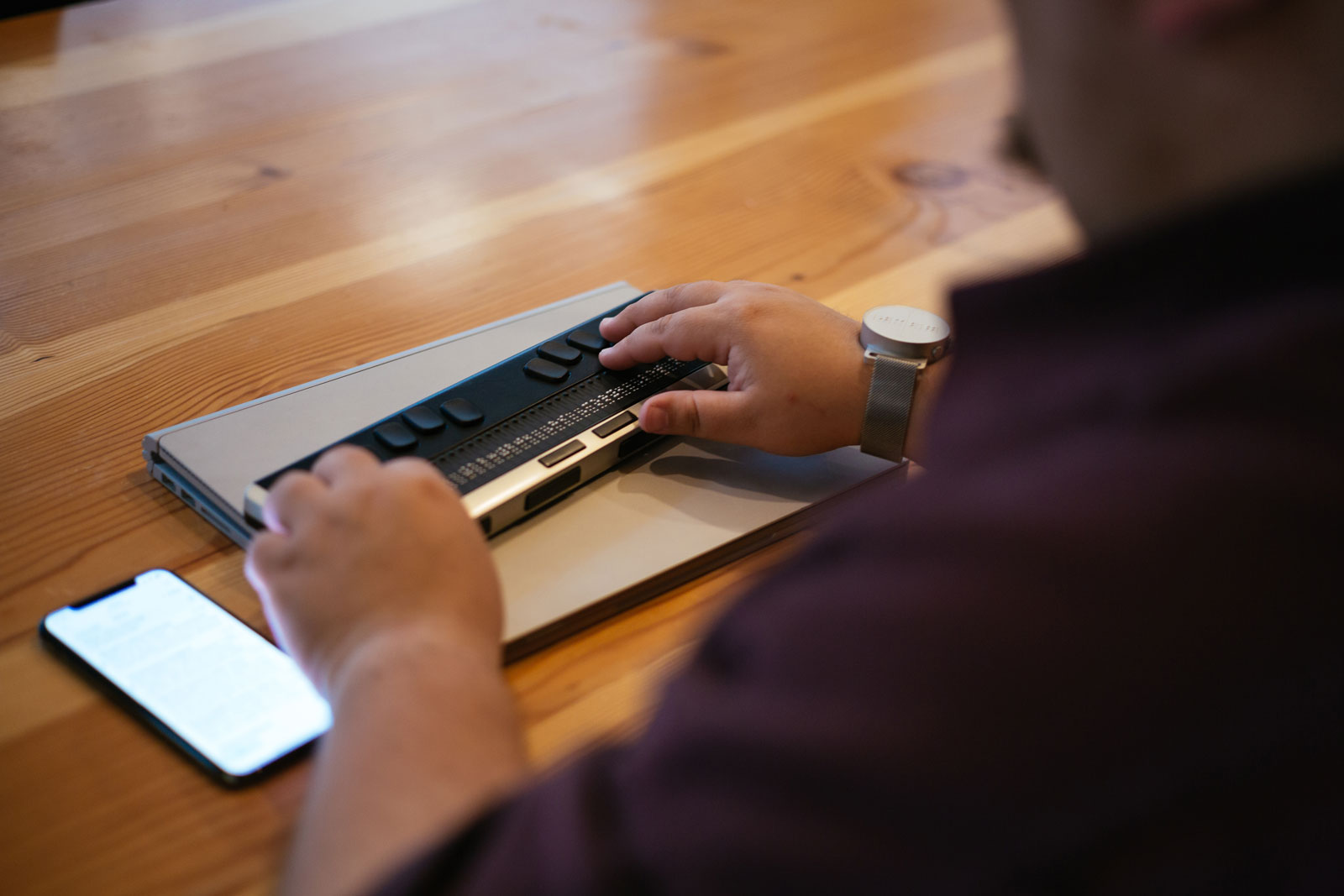There is no physical disability that should dampen the spirit of ability and perseverance in humans.
It’s to this effect that the United Nations General Assembly proclaimed December 3 as the International Day of Persons with Disabilities (IDPD) in 1992. The aim of this day is to promote understanding of issues around disability and mobilise support for the dignity, rights and well-being of people living with disabilities.
This year, the theme is focused on empowering persons with disabilities and ensuring inclusiveness and equality.
With more than one billion people in the world living with disabilities, it’s vital that technology reflects the diversity of the users to foster digital inclusion for all. In line with this year’s theme, Microsoft is working with organisations around the world to push the boundaries of what technology can do to empower people.
This year, as part of the WE Are One campaign, we are enabling educators to make their classrooms more accessible and inclusive through the use of Microsoft technologies such as Immersive Reader, ease of access tools, Microsoft Translator, and more.
At Microsoft, we believe that diversity is a strength for any business or community. We need to work together to empower people living with disabilities so they can create, consume, and share content in their preferred way. This not only benefits people living with disabilities but also benefits the wider community. For example, voice commands and remote controls were designed for people living with disabilities, yet they benefit us all.
At this year’s Global Accessibility Awareness Day (GAAD), some new improvements made to the Accessibility Checker were announced. Before sharing content, you can run the accessibility checker, which is now easily discoverable in Word, Excel, PowerPoint, OneNote, Outlook, and Visio, to find and fix any issues that might make your content difficult for people with disabilities to use.

To ensure the Middle East and Africa region benefits from the advancements being made in the fields of accessibility, technology and inclusive education, Microsoft recently collaborated with InAble and the Global Initiative for Inclusive ICTs (G3ict). To do this, we hosted a roundtable discussion among Kenyan Leaders and the Ministry of Education in Kenya, to discuss strategies for a more inclusive classroom.
We recognise that people living with disabilities are not limited nor disabled, but differently abled. They all deserve equal opportunity to blossom and the right to access technologies and skills that will enable them to achieve more. This is why we organised the first Assistive Technology Hackathon in the United Arab Emirates (UAE) in 2017 in partnership with Al Noor Training Centre. The hackathon brought together companies, students, families and people living with disabilities to develop the technology they need at an affordable price.
We believe technology is a powerful force for inclusion. There are no limits to what people can achieve when technology reflects the diversity of everyone who uses it. Our goals are aligned to the 2030 Agenda to “leave no one behind.”
To learn more on Microsoft Accessibility visit:
https://www.microsoft.com/en-us/accessibility




